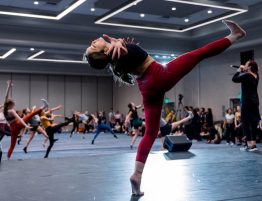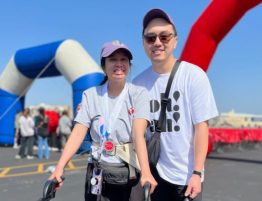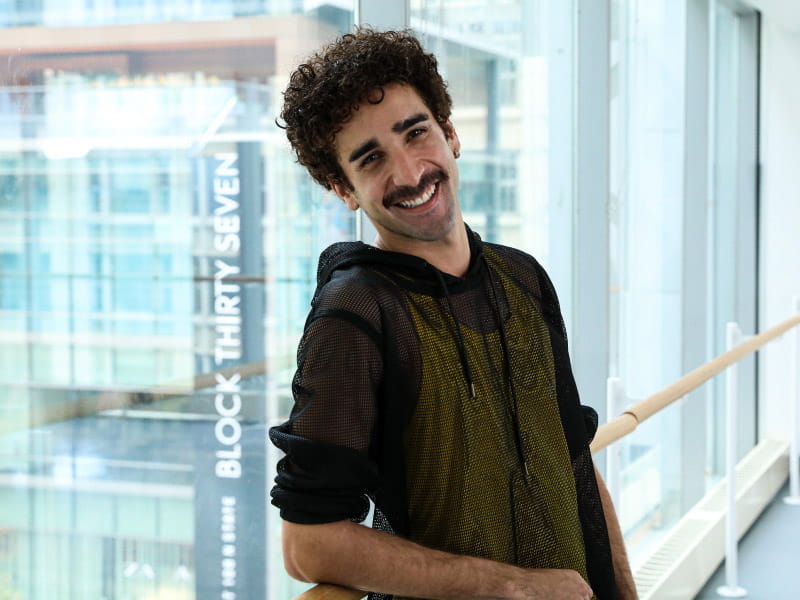
Even as a teenager, Edson Barbosa could sometimes feel his heart beating extremely fast during rehearsals. It didn’t seem normal. But as a competitive ballet dancer in Rio de Janeiro, he wasn’t sure what normal felt like.
It’s probably because I just did 17 pirouettes, he told himself.
The palpitations were short-lived and occasional, so he ignored them.
At age 19, Barbosa joined the Joffrey Ballet, a renowned dance company based in Chicago. He had relocated from San Francisco, where he’d been attending the San Francisco Ballet School on a scholarship.
The next year, at the end of a strenuous performance, his heart raced more than ever. He felt depleted of energy. A few minutes of rest later, all was well.
He told his mother what had happened. She urged him to see a doctor.
Realizing his body was his livelihood, Barbosa went for a checkup.
The doctor found no problems.
A couple years later, Barbosa started a relationship with Michael Reid, a critical care nurse. The episodes continued and Reid urged Barbosa to keep track of them.
Barbosa’s notes read like a dance program. A three-minute episode after “Sleeping Beauty” when he was 22. Another the next year during the finale of “Glass Pieces.” A racing heart during “The Times are Racing” in February 2020, when Barbosa was 25.
While doctors continued to find no underlying problem, Barbosa learned that lying on the floor made the palpitations stop and helped restore his energy. In that way, he kept it under control.
Then came COVID-19. Barbosa stopped performing, relaxed his exercise schedule and had no incidents.
In 2021, once rehearsals returned, the palpitations returned. With increased frequency.
That March, the Joffrey Ballet presented “Bolero” as a digital piece. Because it was being recorded, Barbosa and other dancers could rest between numbers.
By late summer, class and rehearsals were back in full swing. One morning, after barre exercises and jumps for 90 minutes, Barbosa could feel his irregular heartbeat return.
He did what he always did and what, by then, his fellow dancers were accustomed to. He lay on his back and took deep breaths. But this time he stayed down longer than usual.
“Are you OK?” the rehearsal director asked. “Do we need to do something?”
Barbosa said he expected to be fine soon. He wasn’t. After an hour, he headed home. He usually walked or took the train. Fearing that he might pass out, Barbosa ordered a ride.
When he got home, Reid was there. He listened to Barbosa’s heart.
“That’s not normal,” he told him. “See if you can get an EKG now so they can finally see what’s happening.”
Barbosa was able to get an appointment immediately, but he wasn’t sure how long he’d have to be in the waiting room. He went into the restroom and did jumping jacks to keep his heart rate up. He eventually had all the electrodes attached to his chest for the EKG, or electrocardiogram, the test that gives the zigzag-lined readout of the heart’s electrical signals.
Then he was called into a room where a doctor was reading a printout.
“You need to go to the emergency room right now,” he told Barbosa, handing him the EKG results. “Take this and show it to them.”
The doctor told him he had AFib, or atrial fibrillation, which is an irregular heartbeat. If left untreated, it can lead to blood clots, stroke, heart failure and other heart-related complications.
At the ER, doctors kept Barbosa overnight to run tests. At 26, it was his first stay in a hospital.
Doctors planned to do a cardioversion, a procedure to reset the heart rhythm. But by the end of the next day, Barbosa’s heartbeat returned to normal on its own. He was sent home.
During a follow-up exam, his cardiologist recommended a cardiac ablation. The procedure essentially zaps the spot inside the heart muscle causing the irregular heartbeats.
For Barbosa, it couldn’t come soon enough.
“I was more scared of my heart racing than I was of the procedure,” Barbosa said.
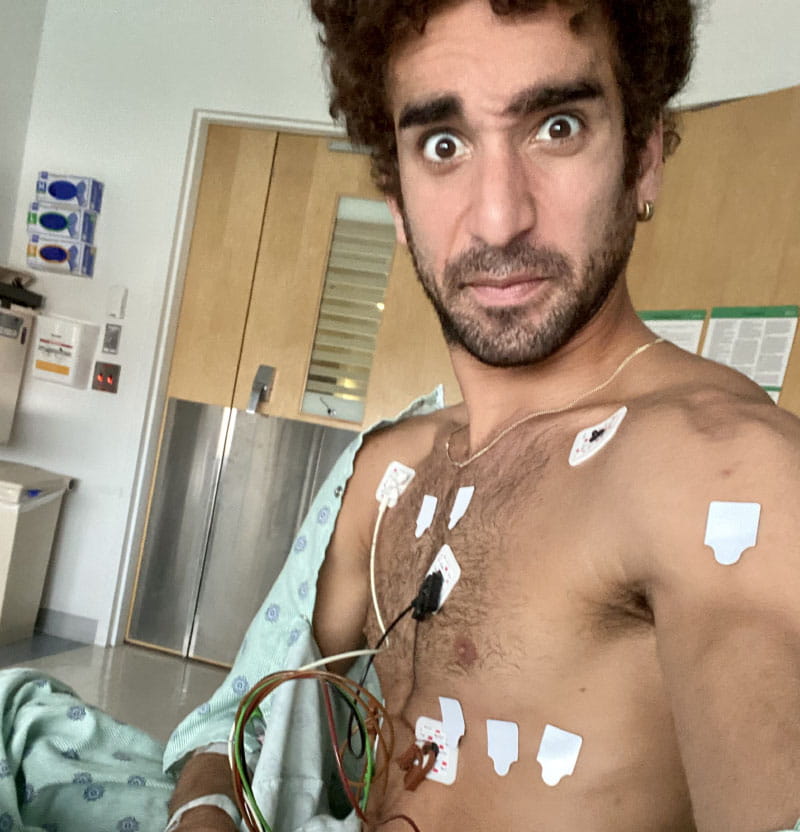
He was back in the dance studio within a week.
Since then, Barbosa hasn’t had any AFib episodes. He takes beta blockers and has made a few lifestyle changes, including changing to decaffeinated coffee and drinking very little alcohol.
He also makes use of several gadgets that Reid gave him – a phone app that provides an EKG, an oximeter to measure his oxygen level, and a type of spirometer to help increase his lung capacity. All help lessen his anxiety as well.
“Not only is Edson in amazing condition, he has a level of mental fortitude that many young people don’t have,” Reid said. “When you have a racing heart onstage in front of 5,000 people, it’s a big deal.” Barbosa and Reid are no longer a couple but remain close.
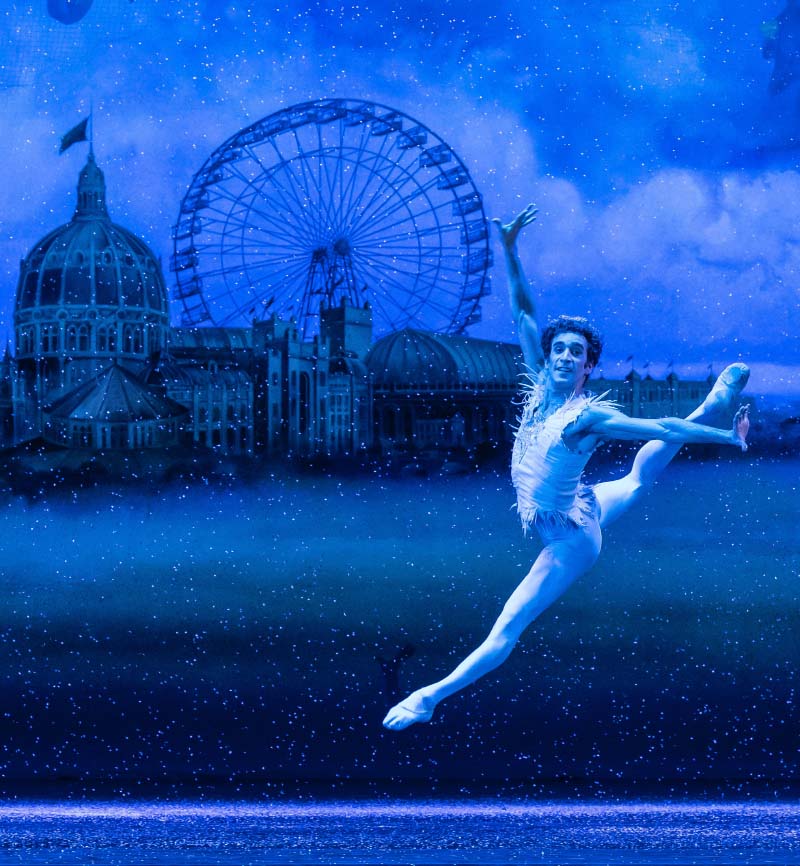
Barbosa joked that he’s become somewhat of a hypochondriac, but mostly he appreciates the heightened health awareness.
“I’ve always been connected to my muscles and joints,” he said, “and now I’m connected to my heart.”
Stories From the Heart chronicles the inspiring journeys of heart disease and stroke survivors, caregivers and advocates.

